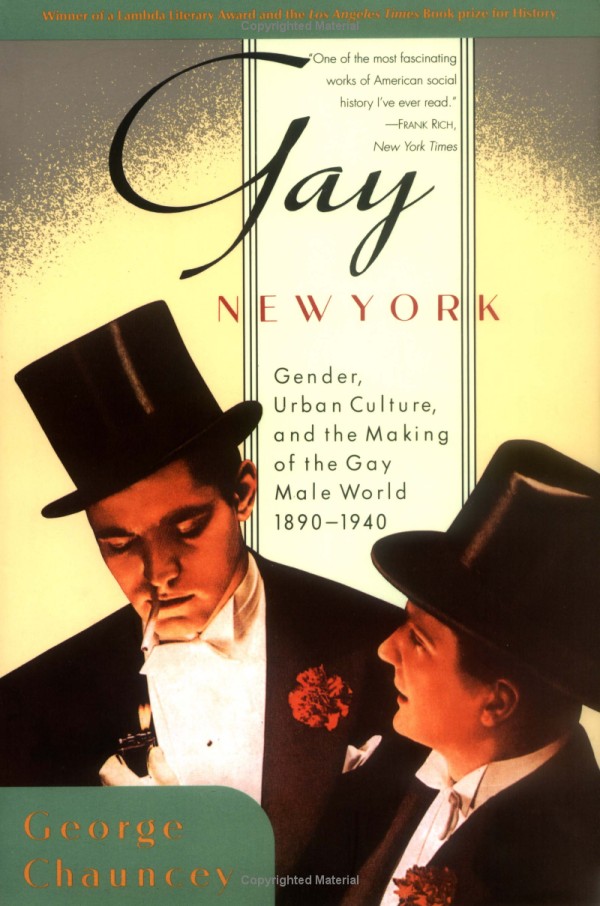
“Exploring the Vibrant World of Queer Sci-Fi in Los Angeles”

# Exploring the Intersection of Community, Creativity, and Identity: *Sci-fi, Magick, Queer L.A.*
**Los Angeles —** The newly opened exhibition, *Sci-fi, Magick, Queer L.A.: Sexual Science and the Imagi-Nation,* hosted at the USC Fisher Museum of Art in collaboration with ONE Archives, invites visitors into a vibrant exploration of unconventional subcultures. Connecting the threads of science fiction fandom, occult practices, and queer community organizing, the exhibit aims to unearth the cultural, creative, and transformative essence of these intersecting realms.
Curated by Alexis Bard Johnson, the exhibition not only sheds light on the hidden histories of Los Angeles but also amplifies a compelling narrative about the power of alternative world-building as an act of resistance and self-expression.
—
## **A City of Alternate Realities**
Los Angeles, a metropolis synonymous with imagination, fantasy, and reinvention, serves as the perfect backdrop for this exhibition. Known for its ties to Hollywood, spiritual movements, and grassroots activism, LA has long been a crucible for creative and cultural experimentation. The city’s rich lineage of subversive subcultures—whether in cinema, music, or other artistic expressions—makes it fertile ground for delving into the themes of science fiction, queer identity, and magick.
As the exhibition opens its doors, visitors are greeted by brightly painted walls that reflect the mood of the myriad artifacts on display. Each room is imbued with a sense of transcendence, collapsing the boundaries between art, theater, and lived experience. From otherworldly paintings to psychedelic costumes, vintage magazines, occult objects, and avant-garde films, the pieces on display feel as though they belong in a dimension all their own.
—
## **Challenging Boundaries Through Subcultures**
The exhibition’s focus on three seemingly disparate communities—science fiction enthusiasts, practitioners of occult spirituality, and queer organizers—highlights their shared themes of community, kinship, and creative defiance. In an era punctuated by rigid societal norms, these subcultures created safe spaces for personal transformation and collective liberation. As the show points out, these movements were not just niche hobbies or ideological curiosities; they were vital acts of survival and self-assertion.
### **Costuming as Freedom: The Science Fiction Subculture**
The *First World Science Fiction Convention* of 1939, a historic gathering of fans, is highlighted through ephemera on display, such as early cosplay costumes. While these costumes might seem quaint compared to today’s billion-dollar cosplay industry, they represented a radical form of self-expression. Donning alien characters and futuristic designs allowed early sci-fi fans to shed societal norms, dreaming of a world where they truly belonged.
The dress and creativity of the era paved the way for the cosplay movement that exists today, where fans continue to use imaginative costumes as tools for identity exploration and social connection.
### **The Occult: A Path to Otherworldly Knowledge**
The show also delves into the esoteric mysteries of the occult, a realm often coded as forbidden. On display are Freemasonic artifacts, painted backdrops from the Scottish Rite Temple in Los Angeles, and surreal paintings by Cameron, a local artist steeped in occult philosophy. Cameron’s works, such as *Holy Guardian Angel According to Aleister Crowley* (1966), aim to visually conjure forces that exist beyond the material plane. Her ethereal, commanding figures evoke the compelling syncretism between mystical beliefs and aesthetic craftsmanship.
This aspect of the exhibition underscores how occult groups served as havens for those seeking a deeper understanding of the universe—and themselves—outside conventional religious structures. The intersection of queer culture and magick further highlights how marginalized groups found solace and solidarity in these secretive spiritual practices.
### **Queer Intimacies and Science Fiction**
The LGBTQ+ aspects of the exhibition are especially moving, revealing the transformative role fantasy and the imagination have played in queer resilience. A photograph of Lisa Ben—an RKO secretary and sci-fi fan who published *Vice Versa*, the first known lesbian magazine in the U.S.—shows her casually reading *Weird Tales* in a radiant moment of pure joy. Published in 1947, *Vice Versa* provided a lifeline to queer women craving connection and stability during a period when mainstream culture was ruthlessly heteronormative.
The works on display also show how fantasy worlds allowed people to imagine themselves vividly and authentically. This was especially true during a time when queer joy and celebration were subversive acts. Artists like Frederick Bennett Green captured this dynamic beautifully, as seen in his lithographs *Gay Pride* (1977) and *Cosmic Consciousness*. By combining mysticism and queer themes, Green’s art builds a bridge between earthly pride and cosmic possibilities.
—
## **Artifacts of Unseen Histories**
The breadth of the exhibition’s collection is dizzying. Margaret Brundage’s covers for